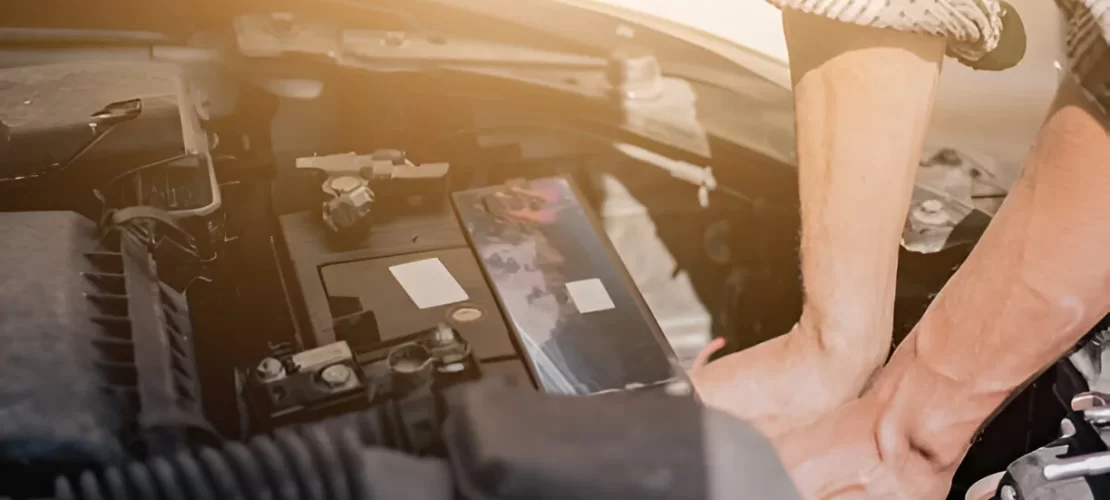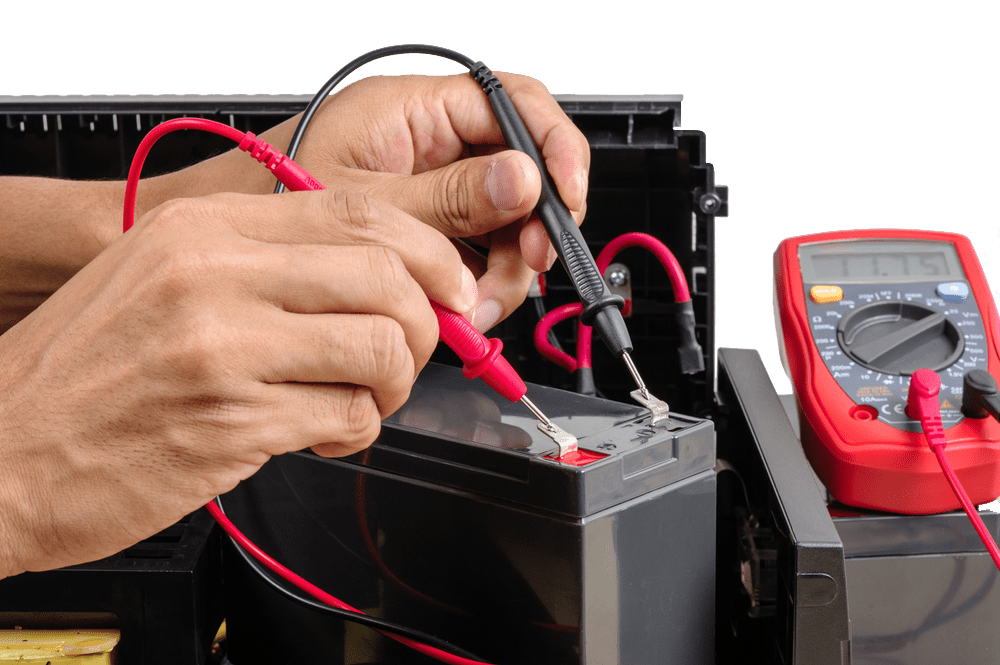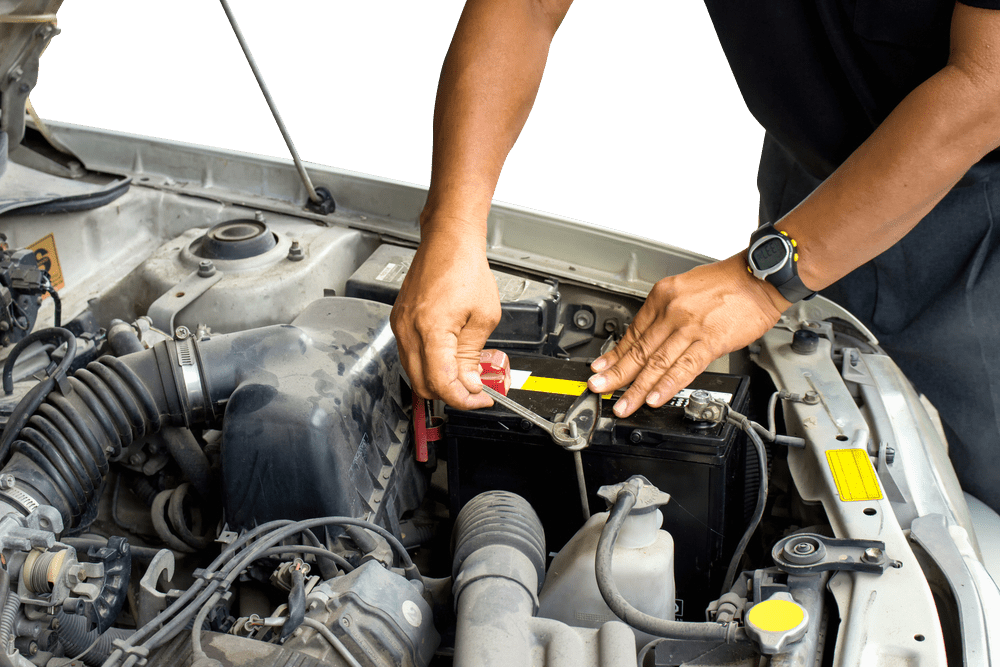- 20 May 2025
What to Do If You Installed the Wrong Car Battery?

Installing a new car battery is a common maintenance task that many vehicle owners undertake themselves. However, sometimes even careful DIYers can make mistakes, resulting in the installation of the wrong car battery. This error can lead to various issues ranging from minor inconveniences to potentially serious damage to your vehicle’s electrical system. If you’ve found yourself in this predicament, don’t panic. This comprehensive guide will walk you through the signs that you’ve installed the wrong car battery, the potential consequences, and the steps to remedy the situation safely.
Understanding Car Battery Basics
Before diving into what to do if you’ve installed the wrong car battery, it’s essential to understand some fundamental aspects of car batteries.
Types of Car Batteries
Car batteries come in various types, each designed for specific vehicles and conditions:
- Standard Lead-Acid Batteries: The most common type, found in many conventional vehicles.
- Enhanced Flooded Batteries (EFB): Designed for cars with start-stop technology.
- Absorbed Glass Mat (AGM): Used in higher-end vehicles with advanced electrical systems.
- Lithium-Ion Batteries: Increasingly popular in electric and hybrid vehicles.
Key Battery Specifications
When selecting a car battery, several specifications matter:
- Group Size: Determines the physical dimensions of the battery
- Cold Cranking Amps (CCA): Measures the battery’s ability to start an engine in cold temperatures
- Reserve Capacity (RC): Indicates how long the battery can run essential systems if the alternator fails
- Voltage: Most cars use 12-volt batteries, but some systems require different voltages
Signs You’ve Installed the Wrong Car Battery
Recognizing that you’ve installed an incompatible battery early can prevent further complications. Here are key indicators that suggest you’ve installed the wrong car battery:
1. Physical Fit Issues
When you’ve installed the wrong car battery, the most immediately noticeable sign might be physical fit problems:
- The battery doesn’t sit properly in the battery tray
- Terminal positions don’t align with your vehicle’s cables
- The hold-down bracket cannot secure the battery properly
- The battery is too tall, causing hood closure issues
2. Electrical System Problems
A mismatched battery can cause various electrical issues:
- Dashboard warning lights illuminate unexpectedly
- Electronic components behave erratically
- The vehicle struggles to start or doesn’t start at all
- Headlights appear dimmer than usual
- Power windows operate slower than normal
3. Performance Issues
The wrong battery can affect your vehicle’s overall performance:
- Engine doesn’t crank properly or cranks too slowly
- Vehicle stalls unexpectedly
- Intermittent power loss while driving
- Start-stop technology malfunctions or works inconsistently
Potential Consequences of Using the Wrong Car Battery
Using an incorrect battery isn’t just inconvenient—it can lead to several negative outcomes that affect both your vehicle and your safety.

Damage to the Vehicle’s Electrical System
An incompatible battery can potentially damage your car’s sensitive electrical components:
- ECU Damage: Modern vehicles rely on Electronic Control Units (ECUs) that can be damaged by incorrect voltage or current.
- Alternator Strain: The wrong battery might cause your alternator to work harder than designed, leading to premature failure.
- Wiring Issues: Excessive current draw can overheat wiring, creating fire hazards.
Battery Performance Problems
Even if immediate damage doesn’t occur, you’ll likely experience performance issues:
- Shortened Battery Life: An incompatible battery may wear out much faster than expected.
- Unreliable Starting: You might face inconsistent starting performance, especially in extreme weather.
- Inefficient Charging: The battery may not charge properly, leading to frequent discharges.
Safety Concerns
In some cases, using the wrong car battery creates safety risks:
- Chemical Leaks: Improperly fitted batteries might leak corrosive acid.
- Overheating: Incompatible batteries can overheat during charging.
- Fire Risk: In extreme cases, electrical short circuits can create fire hazards.
Immediate Steps If You’ve Installed the Wrong Car Battery
If you suspect you’ve installed the wrong car battery, take these immediate steps to address the situation:
1. Stop Driving the Vehicle
If you notice signs of battery incompatibility while driving:
- Find a safe place to pull over
- Turn off the engine and all electrical accessories
- Avoid restarting the vehicle if possible
2. Disconnect the Battery Safely
If you need to disconnect the wrong car battery:
- Ensure the vehicle is turned off completely
- Wear protective gloves and eyewear
- Disconnect the negative (black) terminal first
- Then disconnect the positive (red) terminal
- Loosen the battery hold-down mechanism
- Carefully remove the battery
3. Verify the Correct Battery Specifications
Before purchasing a replacement:
- Check your vehicle’s owner manual for battery specifications
- Note the required group size, CCA rating, and terminal configuration
- Consider consulting with a professional if specifications seem unclear
Finding the Right Car Battery
Selecting the correct replacement battery is crucial to avoid repeating the mistake.
Consult Reliable Sources
To ensure you get the right battery, consult:
- Vehicle Owner’s Manual: The most authoritative source for battery specifications
- Battery Fitment Guides: Available at auto parts stores or online
- Professional Mechanics: Can provide expert advice based on your specific vehicle
Key Specifications to Match
When selecting a replacement battery, ensure these specifications match your vehicle’s requirements:
- Group Size: Must match your vehicle’s battery tray dimensions
- Terminal Configuration: Ensure positive and negative terminals are positioned correctly
- CCA Rating: Should meet or exceed the manufacturer’s recommendations
- Battery Technology: Some vehicles require specific battery types (AGM, EFB, etc.)
Professional Installation Considerations
If you’re uncertain about installing a car battery correctly:
- Many auto parts stores offer free installation with purchase
- Professional mechanics can ensure proper installation and system testing
- Some battery warranties require professional installation
How to Properly Install a Car Battery
Once you have the correct battery, proper installation will prevent future issues.
Step-by-Step Installation Guide
Follow these steps for safe battery installation:
- Ensure the vehicle is turned off and keys are removed
- Place the battery in the battery tray, confirming it fits properly
- Secure the battery with the hold-down bracket or strap
- Connect the positive (red) terminal first, then the negative (black) terminal
- Ensure connections are tight but not overtightened
- Apply anti-corrosion spray or pads to the terminals
Post-Installation Checks
After installing the correct battery:
- Verify that all connections are secure
- Check that the battery is firmly held in place
- Start the vehicle to ensure proper operation
- Test all electrical components
- Watch for warning lights on the dashboard
Preventing Future Battery Mistakes
Learning from a wrong car battery installation can help you avoid similar issues in the future.
Keep Records of Your Vehicle’s Specifications
Maintain a record of:
- Your vehicle’s battery group size
- Required CCA rating
- Terminal configuration
- Any special battery requirements
Regular Battery Maintenance
Proper maintenance extends battery life and provides opportunities to verify you have the correct battery:
- Regularly clean battery terminals
- Check for secure connections
- Test battery health periodically
- Address any corrosion promptly
When to Seek Professional Help
Consider professional assistance when:
- Your vehicle has complex electrical systems
- You’re unsure about battery specifications
- The battery warning light stays on after installation
- You notice any unusual electrical behavior
Common Scenarios of Wrong Car Battery Installation
Understanding common mismatches can help you identify and resolve issues more quickly.
Wrong Size Battery
Installing a battery with incorrect physical dimensions can lead to:
- Improper fit in the battery tray
- Difficulty securing the battery
- Potential for battery movement while driving
- Terminal misalignment with vehicle cables
Incorrect Terminal Configuration
Using a battery with reversed or differently positioned terminals:
- Makes connection difficult or impossible
- Can lead to makeshift solutions that create safety hazards
- May damage connecting cables if forced
Insufficient Cold Cranking Amps
A battery with too low CCA for your vehicle:
- May start the car in warm weather but fail in cold conditions
- Creates excessive strain on the starting system
- Typically has a shorter lifespan due to deep discharge cycles
Wrong Battery Technology
Using the incorrect battery technology (e.g., standard instead of AGM):
- May not support advanced vehicle features properly
- Can cause premature battery failure
- Might damage sensitive electronic components
- Could affect fuel efficiency in start-stop systems
Special Considerations for Different Vehicle Types
Different vehicles have unique battery requirements that must be considered.
Modern Vehicles with Start-Stop Technology
These vehicles typically require:
- Enhanced Flooded Batteries (EFB) or AGM batteries
- Higher cyclic capabilities
- Specific power management features
Luxury and High-Performance Vehicles
These often need:
- AGM or gel batteries for advanced electrical systems
- Higher capacity batteries for additional features
- Specific brands or types recommended by manufacturers
Diesel Engines
Diesel-powered vehicles usually require:
- Higher CCA ratings due to higher compression
- Larger battery capacity
- More robust construction for vibration resistance
Hybrid and Electric Vehicles
These have unique requirements:
- Specialized high-voltage battery systems
- Specific auxiliary 12V batteries for electronics
- Often require dealer service for battery issues
Environmental and Disposal Considerations
When replacing a wrong car battery, proper disposal of the old one is essential.
Recycling the Old Battery
Car batteries are highly recyclable:
- Most auto parts stores accept old batteries for recycling
- Some offer core credits when purchasing a new battery
- Never dispose of batteries in regular trash or landfills
Environmental Impact
Proper handling minimizes environmental harm:
- Car batteries contain lead and acid that can contaminate soil and water
- Recycling recovers valuable materials like lead and plastic
- Professional recycling prevents harmful chemical leakage
Conclusion
Installing the wrong car battery is a common mistake that can have significant consequences for your vehicle’s performance, electrical system, and safety. By recognizing the signs of an incompatible battery early, taking immediate steps to address the issue, and ensuring you replace it with the correct battery for your specific vehicle, you can minimize potential damage and get back on the road safely.
Remember that when it comes to car batteries, the right fit is about more than just physical dimensions—voltage, CCA rating, terminal configuration, and battery technology all play crucial roles in compatibility. When in doubt, always consult your vehicle’s owner manual or seek professional advice to ensure you select the appropriate battery for your car.
By understanding the importance of using the correct car battery and following proper installation procedures, you’ll not only avoid the inconvenience and expense of dealing with a battery mismatch but also help ensure your vehicle’s electrical system operates as designed for optimal performance and reliability.











